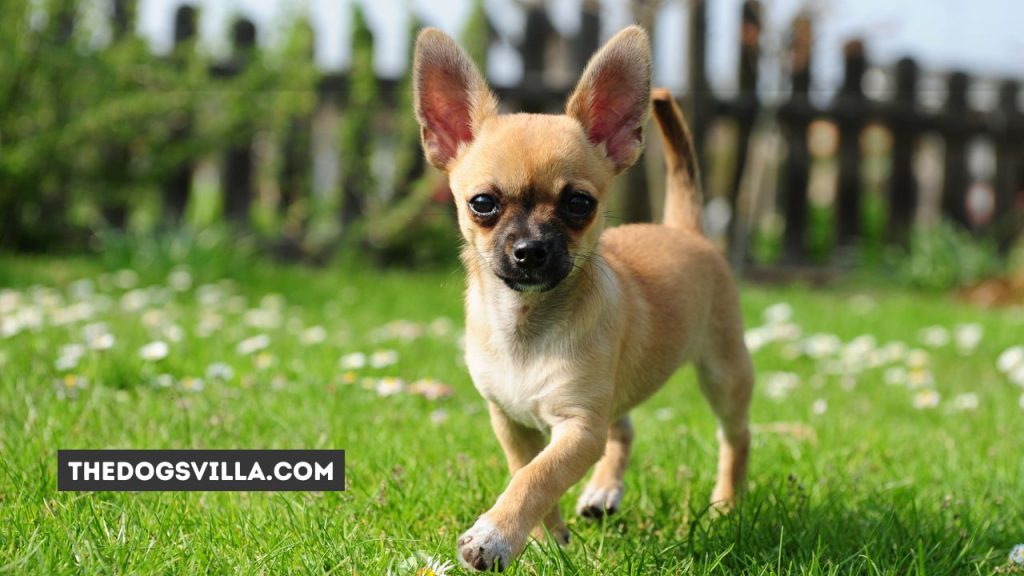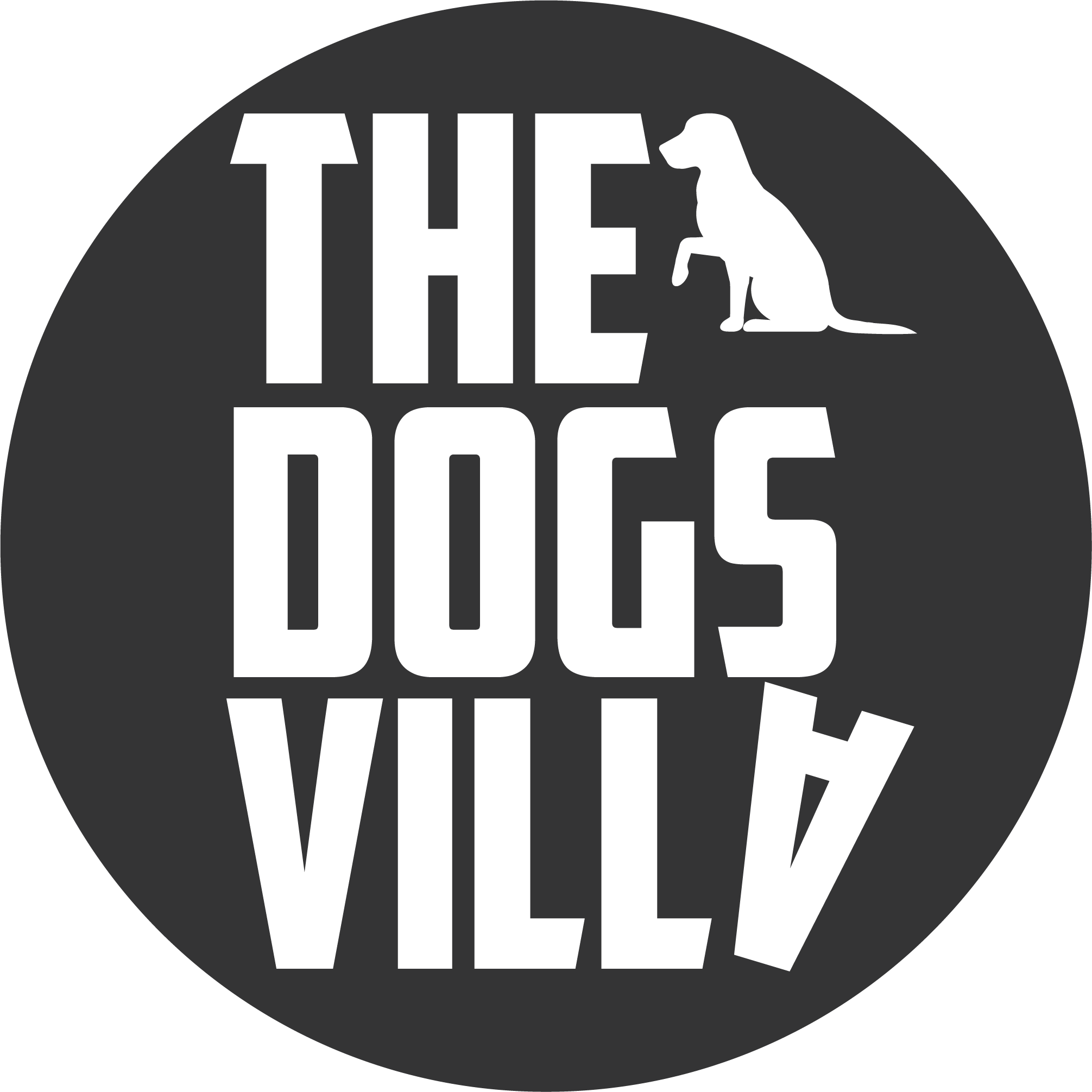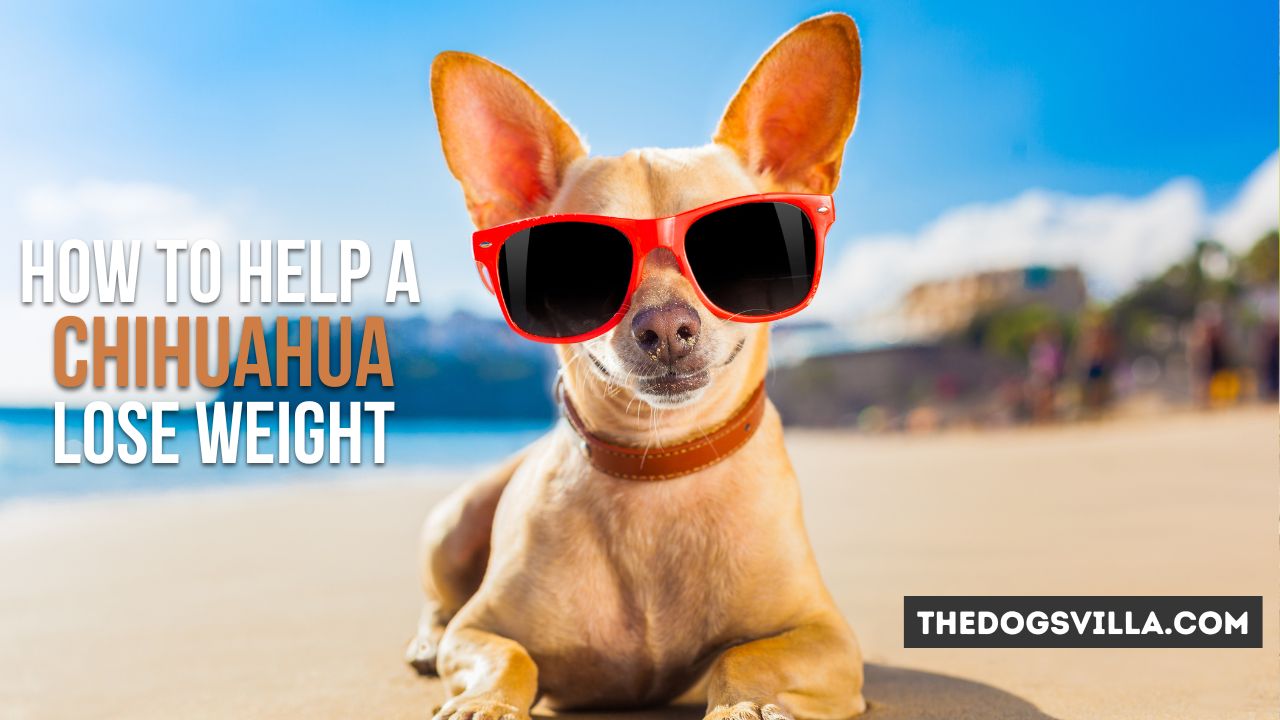Chihuahuas, as one of the smallest dog breeds, are expected to be diminutive and lightweight. Chihuahuas, on the other hand, can readily get overweight if properly fed and exercised. Carrying extra pounds puts additional strain on the body, leading to health problems such as heart disease, diabetes, arthritis, breathing difficulties, and more. Don’t be concerned if your Chihuahua is overweight. You can get your tiny pet back to a healthy weight with a mix of nutrition changes, exercise modifications, and veterinary care. Here’s what you should know.
Contents
How to Help Chihuahua Lose Weight
Before making major lifestyle changes, confirm that your Chihuahua is actually overweight and not just fluffy. The best way is to hands-on assess your dog’s body condition score (BCS).
What is Body Condition Score?
Body condition scores rate fat coverage based on a 5-point scale:
- Emaciated: extreme rib cage and backbone visibility
- Very Thin: easily visible ribs without palpable fat
- Ideal: palpable ribs with minimal fat covering
- Overweight: ribs difficult to feel under moderate fat covering
- Obese: ribs unable to be touched under heavy fat covering
Most Chihuahuas should fall between scores of 2-3, with their ribs faintly visible without excess fat deposits. Scores of 4 or higher signal an unhealthy excess of body fat.
How To Conduct Hands-On Body Check
Follow these steps to evaluate your Chihuahua’s body condition:
- Visual assessment – Stand above and look down at your dog. There should be an evident waist taper, abdominal tuck, and you should vaguely see an outline of ribs. If these indicators are absent, excess fat may be present.
- Rib cage check – Run your hands along their rib cage. You should be able to easily feel ribs without pressing firm. If you can’t feel ribs without pushing skin inward, your dog likely has substantial fat covering their midsection.
- Overhead feel – With thumbs pressed along the spine and fingers on the abdomen, evaluate fat deposition. Can you find the hips and ribs without envelopes of fat? If not, score accordingly.
These three checks will reveal your dog’s fat coverage and help classify whether or not they need to lose weight. Record their initial score to assess improvement over time.
Determine Ideal Weight Range
Once confirming excess weight, the next step is finding your Chihuahua’s optimal weight range they should strive for.
Actual ideal weights differ amongst individual Chihuahuas based on their specific height, bone structure, and body frame size. General guidelines suggest most adult Chihuahuas should weigh between 3-6 pounds.
The best indication, however, comes from your veterinarian. Schedule a weight consultation, during which the vet will examine your Chihuahua while reviewing their age, measurements, muscle tone, activity level, and other physiological factors. They can then provide a personalized ideal weight target to guide your pup’s weight loss plan.
Tracking progress against this customized healthy weight gives measurable fat loss achievements to motivate both you and your pooch!
Adjust Feeding Schedule
With ideal goals set, now adjust your pudgy pup’s diet to facilitate weight reduction. As with humans, consuming fewer calories than expended leads to fat burning and body trimming.
Determine Feeding Amount
Work with your vet to calculate an appropriate calorie count and meal serving sizes for weight loss. They’ll factor your Chihuahua’s current weight, desired weight, age, and activity level. Typical obese Chihuahua diets range from 185-205 calories per day, split into 2-3 small meals.
This calorie count reflects a reduction of 25-35% fewer calories than previous intake which produced weight gain. Such significant minimization forces the body to burn up fat reserves while still receiving enough energy from less dense foods.
Choose Nutrient Dense Food
With fewer calories to work with, ensuring those calories pack nutritional punch is key. Seek out dog foods delivering complete, balanced nutrition instead of empty filler calories.
High protein and fiber levels also increase satisfaction,Control hunger, and stabilize energy. Consider foods featuring:
- At least 18% minimum protein
- Whole meat, fish, or poultry as first ingredients
- Limited processing and artificial additives
- 5% fiber or above
- Fruits and vegetables for vitamins
Prescription weight management kibbles are another great choice, as companies specially formulate them to be lower calorie while keeping dogs satisfied.
Increase Exercise and Activity
Cutting calories without upping activity leads to muscle loss and metabolic issues. Thus, weight loss regimes must also incorporate more exercise and movement. Incrementally elevate your Chihuahua’s activity level to burn additional body fat.
Length and Type of Activity
Gradually build daily exercise until reaching 30-60 minutes total most days of the week. Break this into smaller segmented walk and play sessions if one long bout proves too much. Gentle activities to integrate include:
- Leash walking
- Backyard play fetch
- Learning new tricks
- Nosework games
- Agility obstacles
At first, even light exercise may overly fatigue an obese Chihuahua unaccustomed to much movement. Monitor your dog’s conditioned and adjust activity increases accordingly.
Helpful Tips
Follow these tips for exercise success:
- Consult your vet – Ensure no underlying conditions prevent safe activity. Get tailored recommendations for your dog’s needs.
- Go at dog’s pace – Don’t overexert or force overexertion. Let your Chihuahua determine intensity/length able to handle.
- Try mental games – When physical limitations exist, incorporate more mentally stimulating play like puzzles or training instead.
- Play with pets – Multi-dog homes offer built-in playmate opportunities. Solo dogs enjoy chasing toy cars or lasers.
- Track with pedometer – Clip-on pet pedometers measure walk distances. Aim for gradually longer strolls.
- Watch the heat – Avoid excessive heat or humidity putting extra strain on obese body’s cooling capabilities.
Consistency and variety keeps activity regimens engaging without overtaxing tender joints of overweight pups.
Monitor and Adjust Course
Implementing lifestyle changes is only half the battle; following through with consistency while assessing progress is equally important. Weigh your Chihuahua weekly or bi-weekly to determine fat loss rates. Adjust approaches as needed based on real measured numbers.
Tracking Metrics
Record these key metrics in a notebook or app to identify what works (and what doesn’t):
- Weight – Weekly weighing provides measurable markers of improvement essential for appropriate adjustments.
- Body condition score – Conduct hands-on body check every 4 weeks. Photos help compare change over time.
- Caloric intake – Log foods and calculate calories to ensure not exceeding targets.
- Activity duration – Note daily exercise totals to progressively increase as able.
- Waist measurement – Abdominal girth indicates loss of belly fat even if weights plateau.
Adapting the Regimen
If progress moves too rapidly, with weight loss over 2% in a week or lethargy/weakness setting in, steps were too extreme. Slow reduction rate. If weight loss is too gradual or stagnant after 4 weeks, increase regimen intensity through lower calories or more exercise.
Celebrate small milestones towards a healthier, slimmer Chihuahua! The journey continues until hitting ideal weight range and body condition scores maintained long-term. Consistency is vital.
Table: Sample Milestones Tracking Chart
| Date | Weight | Loss Since Last Weigh Day | BCS (1-5) | Notes |
|---|---|---|---|---|
| 1/1 | 15 pounds | n/a | 4 | Start of diet and exercise program |
| 1/7 | 14.8 pounds | 0.2 pounds | n/a | Reduced calories to 190/day |
| 1/14 | 14.5 pounds | 0.3 pounds | n/a | Added second 15 min walk |
| 1/21 | 14 pounds | 0.5 pounds | 3.5 | Increased walks to 30 minutes |
| 2/1 | 13 pounds | 1 pound | 3 | Met initial goal! |
If you’re unable to read the whole article at once, here is the summary that might help you!
Top 10 Tips on How to Help a Chihuahua Lose Weight

- Check Body Condition Score (BCS)
Assessing your Chihuahua’s body condition score rates their level of fat coverage on a 5-point scale, with 3-5 signaling excess weight needing reduction. Perform visual inspection, rib check, and physical palpation over spine, ribs, and abdomen to gauge where fat has accumulated. Determine point of departure to chart progress.
- Consult Your Vet
Schedule dedicated weight and diet consult. The vet examines your dog while reviewing age, measurements, and activity level to provide tailored healthy weight loss recommendations like exercise plans, feeding adjustments, supplements or prescription food. Regular weigh-ins keep vet updated on progress.
- Transition Their Diet
For weight loss, dogs require feeding 25-35% fewer calories than what caused initial weight gain. Work with your vet to calculate ideal reduced calorie amount and split between 2-3 daily feedings. Choose nutrient dense, high protein/high fiber, portion-controlled dog foods to minimize calories while maximizing nutrition satisfaction per bite.
- Use Automated Feeder
Investing in an automated or timed pet feeder dispenses exact serving sizes of kibble on consistent schedule. This prevents sneaky pups from begging extra scoops off soft-hearted owners or scavenging other pets’ meals. The feeder dictates appropriate caloric intake for loss.
- Increase Daily Exercise
Weight loss cannot happen through just diet changes alone; more movement and activity must occur too. Gradually increase activity duration, intensity and frequency up to 30-60 minutes most days. Try incorporating walks, play time, mental enrichment games, learning new commands, or water activities fit for their capability.
- Log Activity Data
Track activity specifics like exercise type, duration, and pedometer readings in a journal or app. This spots patterns, documents incremental progress to build endurance, and proves added movement burns calories leading to observed weight reduction. Celebrate fitness milestones!
- Strategically Use Low Cal Treats
Eliminating treats altogether often backfires, so use them strategically instead. When rewarding good behavior or training, give single pieces of kibble, carrot slivers, green beans. Log a few treats so they don’t sabotage progress but still allow special snack.
- Address Possible Health Issues
If excess weight developed due to limited activity from arthritis, joint pain or breathing issues, seek medication or rehabilitation methods allowing exercise capacity improvements. Managing underlying conditions facilitates overall fitness gains.
- Continue Portion Control For Life
Prevent future weight rebounds by sticking to suggested serving sizes, feeding schedules and better nutrition choices long after goal reached. Conduct weigh-ins and body checks routinely to catch slight creeping weight gains quickly before they balloon out of control again.
- Practice Patience and Consistency
Helping a dog lose weight takes immense diligence, routine change and time. Remain compassionately patient if progress moves slower than hoped and consistently apply new regimen without wavering. Results will come! Celebrate all milestones towards better health.
Frequently Asked Questions
Should I cut out all treats?
You don’t necessarily have to eliminate treats entirely if used judiciously. Select low calorie options like baby carrots, apple slices, or single pieces of kibble. Count treat calories within daily limits and adjust meal portions accordingly. Always reward desired behaviors with praise and affection first before offering edible treats.
My Chihuahua hates to walk. What should I do?
If leash walking proves overly difficult, try another activity providing movement instead like wandering new environments, playing fetch games, or placing kibble into food puzzle toys. Any activity burning calories helps. Building exercise endurance and enjoyment takes time.
My Chihuahua lost some weight then plateaued. What’s next?
Weight loss plateaus after initial progress are common as the body adjusts. Troubleshoot by crosschecking calorie counts for accuracy and whether treats or table scraps might contribute hidden calories. Also reconfirm ideal weight for dog’s frame has not yet been met. Bump activity levels up for an extra metabolic boost if current programming has become too routine.
How do I stop weight regain after loss?
Maintaining major weight loss requires permanent adoption of new lifestyle habits. Continue feeding suggested serving sizes, emphasize nutritionally balanced foods, participate in daily exercise, and conduct body checks every few months. Catching slight regressions quickly keeps lost pounds off for good!
Conclusion
Helping an obese Chihuahua slim down benefits their health and longevity greatly, while strengthening your pet bond through expanded activity together. Patience and commitment to consistent lifestyle change facilitates healthy, safe weight reduction and maintenance long-term. Monitor progress, adapt approaches when needed, and celebrate all milestones towards better fitness! Your tiny dog will be back to their lively, vibrant selves in no time.

